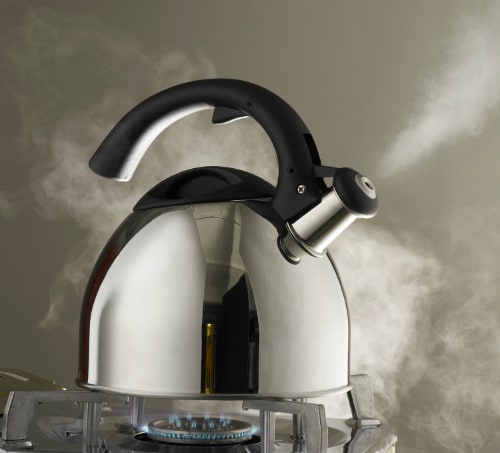 Tired of dealing with limescale in your kettle? The white residue that you can often see is the limescale in the kettle, caused by hard water.
Tired of dealing with limescale in your kettle? The white residue that you can often see is the limescale in the kettle, caused by hard water.
Is limescale in your kettle bad for you?
Kettle limescale can not only spoil your drink but also shorten the life of your kettle, eating away at the elements and creating corrosion. Luckily, limescale can be removed, but you need to identify the causes to know how to stop kettle limescale. So, what causes kettle limescale?
What causes kettle limescale?
Limescale in your kettle is caused by hard water, which is rich in minerals such as calcium and magnesium. To test if you have hard water, try a quick home soap lather test. Put a small amount of soap into a water bottle and fill it halfway with water. Shake the bottle vigorously.
If you have frothy, bubbly water, chances are you have soft water. If you have cloudy milky water and dull bubbles most likely you have hard water. If you suspect you have hard water, you can get a more advanced water test kit at any DIY store to check the accurate hardness of your water.
